High-yield savings accounts are gaining popularity, largely due to their attractive annual percentage rates (APRs) of around 5%. This is particularly appealing in light of the US inflation rate of 3.4%. In a world where the cost of goods and services is steadily increasing, high-yield savings accounts offer a way to preserve and even enhance one’s purchasing power.
As these accounts become more popular, many of you might be exploring how best to utilize your cash while seeking opportunities to grow your savings and retain easy access to your funds when needed. Regardless, it’s essential to establish a clear financial plan. Defining your financial goals is a key first step. This involves understanding your short-term and long-term objectives, such as saving for a vacation or a down payment on a house in the short term and planning for retirement or your child’s education in the long term. It also involves evaluating your risk tolerance, anticipating future expenses, assessing various revenue sources, and considering your cash flow needs.
Here is an overview of the key differences between knowing when to save and when to invest.
Pros and Cons of Saving vs. Investing. The main difference between saving and investing is that savings are generally used for short-term needs, while investments are typically used for long-term financial goals. Savings are liquid assets, such as cash or cash equivalents, like a high-yield savings account or certificate of deposit (CD). Investments may include stocks, bonds, mutual funds, real estate, commodities and other securities—assets that have the potential to increase in value over time.
When Should You Save? Savings can provide a sense of security by allowing access to your money whenever needed without worrying about losing it due to market fluctuations. They should be used for short-term expenses, such as emergency funds or a down payment on a home. Savings are also important if you’re planning on purchasing an item in the near future.
- Big Purchases and Expenses. Planning for significant expenses like buying a home or a car in the next five years warrants an easily accessible savings account. A higher APR can work in your favor when aiming for a lower interest rate on your home purchase. Additionally, saving for expenses such as insurance, property taxes, and home maintenance is wise. Setting up an automated monthly transfer to your high-yield savings account for these expenses and your emergency fund simplifies the process. However, remember that interest rates on these accounts may fluctuate over time, potentially leading to smaller returns.
When Should You Invest? Investing involves taking more risks than simply setting aside money in a savings account. However, it also offers the potential for greater returns over time. Generally speaking, investments should be used for long-term financial goals, such as retirement or college tuition funding, since these require more considerable sums of money than what can typically be saved within just a few years. Investing allows for compounding returns, which can help accelerate growth over time with minimal added effort from the investor after the initial setup.
- Investment Accounts. Investment accounts are versatile financial vehicles, allowing you to invest in stocks, bonds, and more. Keep in mind that earnings in these accounts are subject to taxation when you sell assets. Therefore, we recommend working with a financial advisor who can provide tax-intelligent guidance (which means they can help you make investment decisions that are designed to minimize your tax liability) alongside investment expertise. They can also help you diversify your portfolio and make decisions that align with your risk tolerance and goals.
- Retirement Accounts & Arrangements (IRAs, 401(k)s). Individual retirement accounts (IRAs) and 401(k)s are invaluable for retirement savings. These accounts enable you to defer taxes on earnings until your retirement and many employers offer matching contributions, further boosting your savings potential.
It is important to consider saving and investing when planning your financial strategy because both options have distinct advantages depending on your individual needs and situation. A good rule of thumb is that if you anticipate needing the money within five years, then opt for safer savings accounts, whereas if you plan on using the money further down the line, then investments may be more suitable given their higher growth potential—but with higher risks as well. For instance, saving for a vacation or a car in the next five years would be a short-term goal, while saving for retirement or your child’s education would be a long-term goal.
Ultimately, it’s crucial for everyone—especially young adults—to prioritize their long-term financial security by working with a financial advisor who can set up a comprehensive financial plan that includes both saving and investing.
Diversification does not assure or guarantee better performance and cannot eliminate the risk of investment losses.
Stephen O’Neill
Senior Wealth Advisor & Shareholder
Category: Financial Service Team




